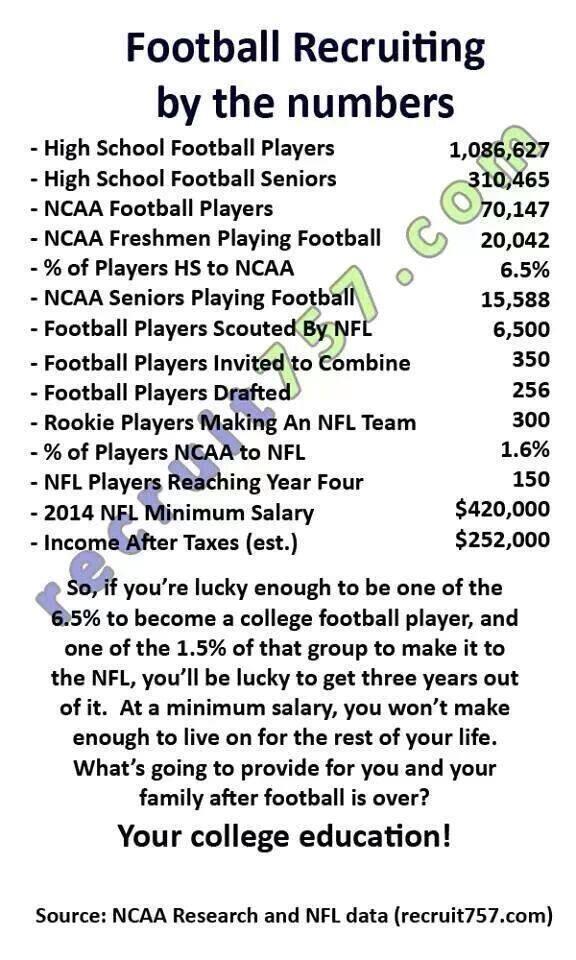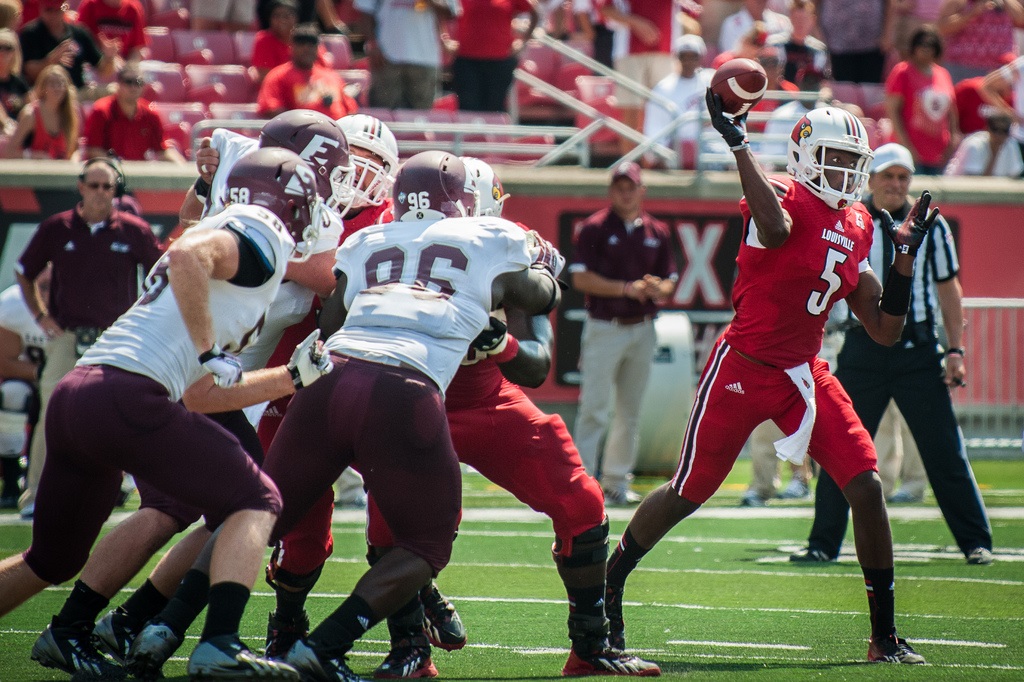
You’ve just been awarded an NFL expansion team and must build your personnel department. Go.
Futures: My Expansion Franchise
By Matt Waldman
When the writer of Smartfootball.com suggests that, “you should storify that series of tweets,” it’s a take on a subject worth further exploration. The topic came courtesy of Luke Easterling (@NFLDraftReport) who, on Sunday night, posed the following scenario on Twitter: “You’ve just been awarded an NFL expansion team and must build your personnel department from Draft-Twitter. Go.”
I gave my list of NFL writers, former scouts, consultants, and analysts that I’d use to build my organization, but what was more compelling to Twitter was the way I structured the jobs. My vision for team-building a front office and scouting department got a lot of positive response.
More than anything, I believe the way the Twitter community responded to my approach has to do with the fact that a lot of my audience is football writers and diehard fans who are critical of the NFL’s approach to managing its own. They’re ready to welcome a different vision.
Some of my plans aren’t unique to the NFL. There are teams that at least have an aligned vision from its ownership to its coaching staff. However, the way I’d create and continuously strengthen that alignment is a departure from the league.
I believe in the merit of my ideas, but I’m not dreaming of the day I win multiple Powerballs or inherit billions. Unless an NFL owner is alright with me reporting to work in jeans and sporting my collection of hats and caps, the likelihood of me becoming a GM went from infinitesimally small to impossible.
Then again, there have been requests for my consultation on prospect evaluation that I didn’t intend when began the Rookie Scouting Portfolio in 2006, so you never really know. Maybe my buddy Sigmund Bloom manages to raise $50 from the 20 million NFL fans around the world on Kickstarter and we’re in business. Until then, let’s call this a (hopefully) entertaining football and management exercise.
First, a couple of assumptions we need to get out of the way. If I was awarded an NFL franchise I would have done three things—among others—before I even applied for the rights to an expansion team:
- A 10, 15, and 20-year cost analysis of owning a team based on my vision.
- Studied the details of the city of Green Bay’s ownership of the Packers and formulated a 15-year plan to transition the team to a non-profit corporation owned by its fans (one person can own no more than 200,000 shares of its stock).
- Determined the efficacy of current personnel and front office roles within most NFL organizations
The next step is building an organizational structure. There are several things that I’d do that due to time and space limitations, I won’t get into, but here are the highlights of how I’d implement a vision to build a brain trust responsible for evaluating, acquiring, managing, and developing talent on and off the field.









